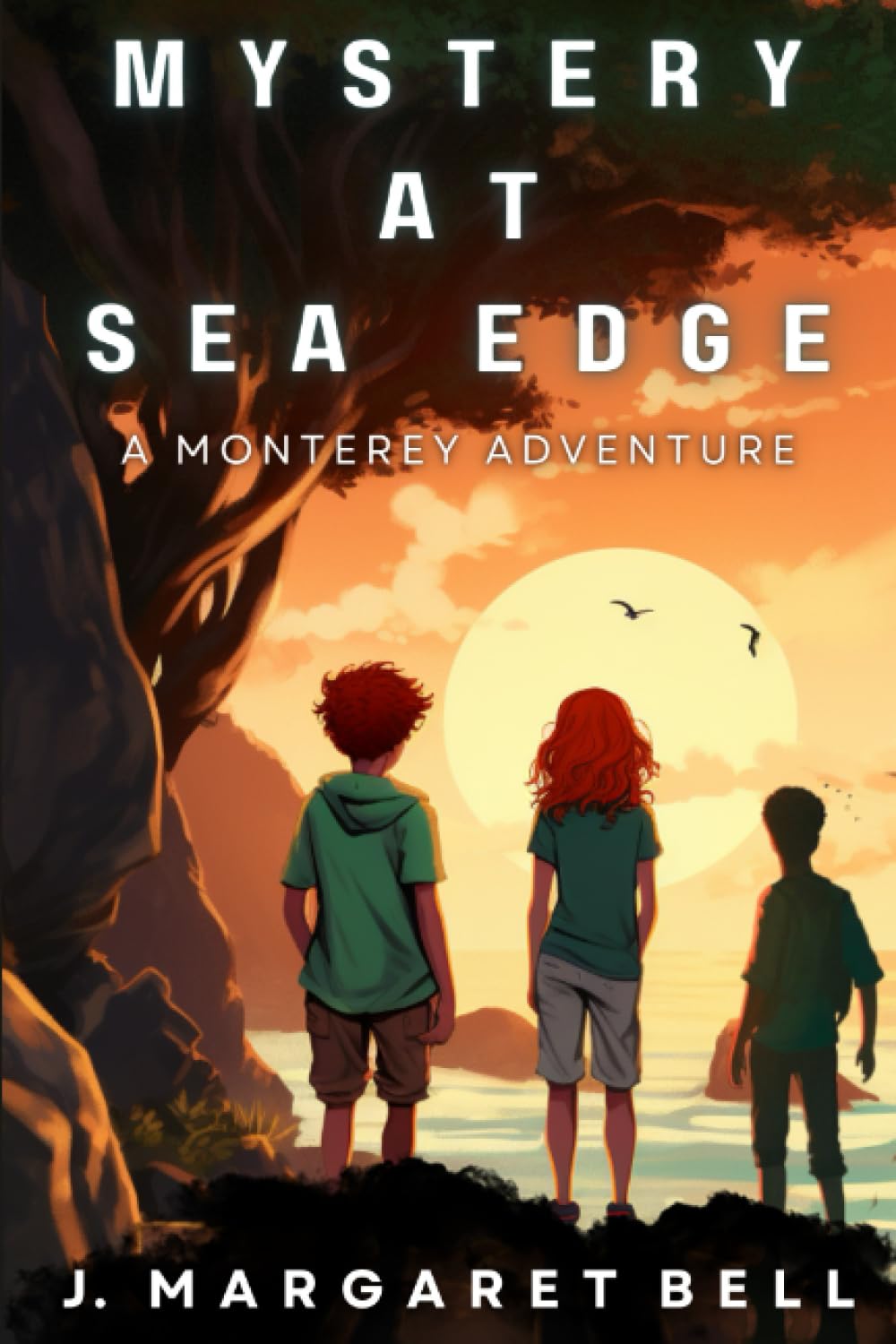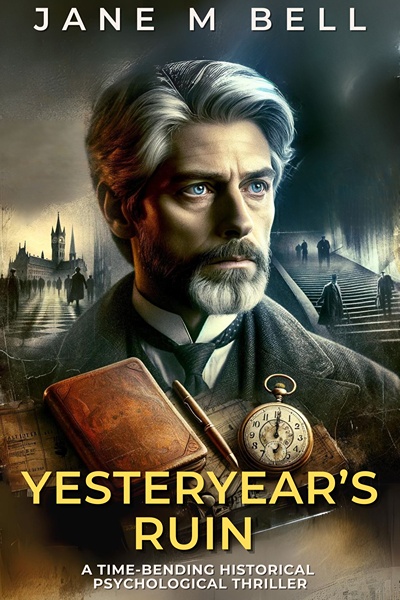Long before Yellowstone became a national park… before maps detailed the wild edges of the frontier… one man stepped into the unknown and lived to tell the tale—.
His name was John Colter, and his life reads like an action-packed thriller written by nature itself.
Colter wasn’t just a wilderness explorer. He was the first non-Native American to explore Yellowstone, a survivor of a brutal manhunt, and a true American legend whose story still echoes through the peaks and rivers of much of the untamed West.
Frontier Recruit to Expedition Hero
John Colter was born around 1775 in Virginia, but his story truly begins in 1803, when he responded to a newspaper ad in Maysville, Kentucky. The ad sought “good hunters, stout, healthy, unmarried men… accustomed to the woods.”
The mission? Join Meriwether Lewis and William Clark on their now-famous expedition into the newly acquired Louisiana Territory. The U.S. had just doubled in size thanks to the Louisiana Purchase, and someone needed to explore the vast, wild land stretching beyond the Mississippi.
Colter, whether through skill or sheer bravado, got the job—earning $5 a month as a private. Though he got in trouble early on for sneaking off to a grog shop, he quickly proved himself invaluable. Over the next three years, Colter traveled deep into the heart of America with the Corps of Discovery—navigating rivers, forging trails, and making contact with Native tribes.
Into the Wilderness Alone
In August 1806, as the expedition wound down, Colter made a bold choice. He asked to leave the group and join two fur trappers headed toward the Yellowstone River. The lure of profit—and adventure—pulled him deeper into the wilderness.
He disappeared from the historical record for a year. Then in 1807, fur trader Manuel Lisa recruited him for another expedition up the Yellowstone. Colter helped build a fort near present-day Yellowstone National Park—unaware that this untamed land would one day be known as one of the most awe-inspiring places on Earth.
But Colter wasn’t done with danger yet. What happened next would define his legacy—and earn him a place in frontier mythology.
The Manhunt:
Sometime around 1808, Colter and fellow explorer John Potts paddled along the Jefferson River in what’s now Montana. They had no idea they were being watched by a group of Blackfeet warriors—a powerful tribe with reason to distrust trappers.
The moment the Blackfeet appeared, Colter and Potts tried to flee in their canoe. Potts was struck by an arrow and fell. Colter, seeing no escape, urged surrender. Potts refused—firing his rifle and killing a warrior before being riddled with arrows.
Colter was now alone, surrounded by warriors, and completely at their mercy.
He understood enough of their language to realize they debated what to do with him. One suggested target practice. But an elder had a more sinister idea: a hunt.
The Blackfeet stripped Colter naked, gave him a slight head start, and told him to run.
The Greatest Escape in American History
John Colter sprinted across the cold prairie, chased by armed warriors. He ran six miles, barefoot, over rough terrain, bleeding and breathless. When he looked back, only one warrior had kept pace.
In a moment of pure instinct, Colter stopped, turned, and startled the man. The exhausted warrior stumbled while throwing his spear, which shattered on a rock. Colter seized the broken shaft and drove it into his pursuer, killing him.
He didn’t wait. Covered in blood, Colter dashed toward the river, dove in, and hid—either beneath a pile of driftwood or inside a beaver dam, depending on which version you believe. The Blackfeet searched all night but couldn’t find him.
At dawn, Colter emerged from the water, battered but alive.
Naked, Bleeding, and Miles from Safety
Colter was alone, injured, and hundreds of miles from the nearest outpost. He had no food, no clothes, and no weapons. But somehow—living on wild roots and sheer willpower—he made it back to Manuel Lisa’s fort.
His escape remains one of the most incredible feats of human endurance ever recorded.
Exploring the Yellowstone Region
After recovering, Colter returned to exploring. He roamed the Tetons and the Yellowstone region, becoming the first non-Native to lay eyes on the geysers, bubbling springs, and surreal landscapes now known worldwide.
Locals at the time dismissed his reports of “fire and brimstone” in the mountains, calling the area “Colter’s Hell.” But time would prove him right.
Colter’s Final Chapter
In 1810, Colter finally turned away from the mountains, vowing never to return. He married and tried to live a quiet life, but he died just a few years later, likely of jaundice, around 1812 or 1813.
He was in his late thirties—young by today’s standards, but already a legend.
Myth or Man? The Colter Stone Mystery
Some historians question parts of Colter’s story. We lack hard evidence for many of the wildest details. But then, in the 1930s, a family digging near Tetonia, Idaho unearthed a strange relic: a carved stone head with the inscription: “John Colter 1808.”
Known as the Colter Stone, it now sits in a museum in Grand Teton National Park. If authentic, it’s proof that Colter truly did journey farther into the frontier than anyone else of his time.
Legacy of a True American Badass
John Colter didn’t just survive the West—he defined it.
Before mountain men were legends, before the maps were drawn, and before Yellowstone was known outside indigenous circles, John Colter ran for his life through the wilderness and lived to tell the tale. His grit, his instincts, and his sheer endurance forged a path for those who came after.
Don’t forget to tune in…
If you’ve enjoyed this article, there are also articles on John “Grizzly” Adams: The Dark History Behind the Legend and Peter Freuchen: The Ultimate Human Adventure Story.
You can now tune in to the full audio version of this week’s blog on the Bells Books Blog Podcast, or it is now available on Amazon Music/Audible, Apple Podcasts, Castbox, Deezer, iHeart Radio, JioSaavn, Podcast Addict, Podchaser, Spotify, and Spreaker.
Thank you for joining me this week as I explore some historic legends, lies and larger-than-life men.
If you’ve enjoyed this article, I encourage you to sign up for my weekly blog. When you do so you will get a free copy of Yesteryear’s Ruin, the prequel to my new Case 47 series.
Until next time, keep your curiosity alive and your imagination ignited— and as always, keep the past alive!





 “Yesteryear’s Ruin” captures the essence of human resilience in the face of unimaginable loss. Through a narrative that weaves together love, despair, and the quest for redemption, this historical psychological thriller invites readers into a world where the past is not merely a memory, but a realm that may hold the key to our deepest desires and darkest fears.
“Yesteryear’s Ruin” captures the essence of human resilience in the face of unimaginable loss. Through a narrative that weaves together love, despair, and the quest for redemption, this historical psychological thriller invites readers into a world where the past is not merely a memory, but a realm that may hold the key to our deepest desires and darkest fears.